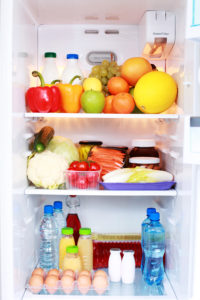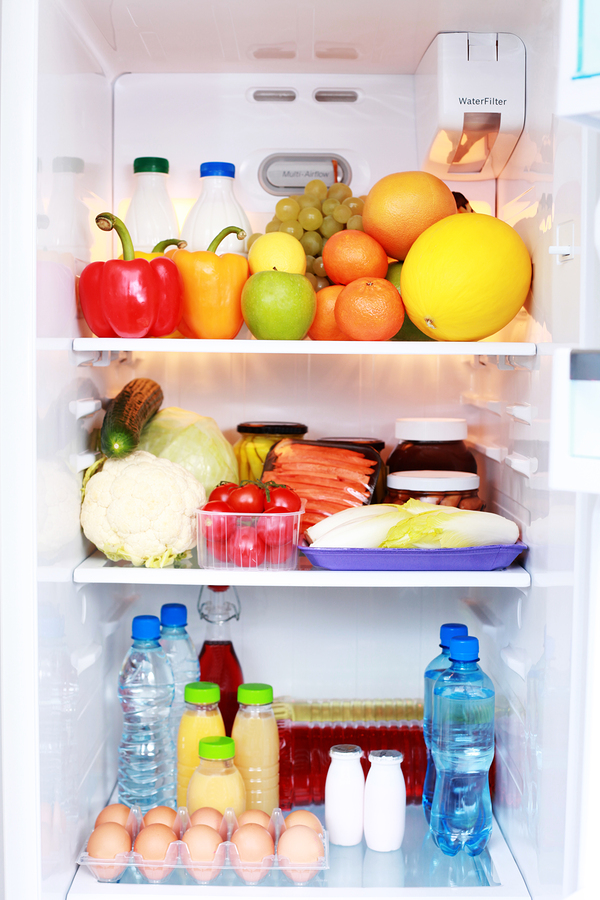Food Safety During Power Outages

From time to time, you’ll likely experience a power outage in your home. Most often, it will be nothing more than a momentary disruption caused by a short circuit. This can happen when something comes into contact with a power line, such as an animal, tree, or another power line. Usually, the electrical service will “flicker,” but in these situations a true power outage – and the resulting damage to appliances, electronics, and perishable foods – can be avoided with the safeguards put in place by utility companies.
A sudden and prolonged power outage, on the other hand, can be troublesome and frustrating. Among other things, you’ll want to consider the safety of the food in your freezer and refrigerator. In general, a full freezer will maintain its temperature for 48 hours, and a refrigerator will stay cold for approximately four hours (if the doors are kept closed). By preparing in advance for a power outage, and knowing what to do if one occurs, you may be able to save your perishable food and protect your family’s health at the same time.
Here’s what to do beforehand:
- Buy a few inexpensive Styrofoam coolers.
- Know where you can get block ice or dry ice, if necessary.
- Have a few days’ worth of shelf-stable, ready-to-eat food on hand.
- Place meats and poultry on separate trays to contain their juices (and avoid contaminating other foods) if they begin to thaw.
And, while your power is out:
- Keep your refrigerator or freezer doors closed as much as possible.
- If a few hours pass and the power is not restored, remove perishables like dairy products, eggs, meats, and leftovers from your refrigerator and pack them in a cooler with ice.
- If the power remains out for more than a day, pack frozen foods in a cooler with ice.
Finally, when your power is restored:
- Check each perishable food item carefully, and throw it away if it has an unusual odor, texture, or color, or feels warm to the touch (never taste a food to determine its safety).
- Look for ice crystals on frozen foods, because partially or fully thawed items can be safely refrozen if they still contain ice crystals.
- If you have any doubt about a food item, throw it out.
The risk of foodborne illness increases during power outages because bacteria can multiply very rapidly when perishable foods are in the “Danger Zone” (temperatures between 40 and 140 degrees Fahrenheit). Any perishable food that remains in the Danger Zone for more than two hours (or one hour if the temperature is above 90 degrees Fahrenheit) can become unsafe to consume due to the possible presence of dangerous toxins.
If you’d like more advice on how to keep your family safe and healthy, feel free to contact South Tampa Immediate Care. Or, you can stop by our walk-in clinic, which is conveniently located at 602 South Howard Avenue in Tampa, FL.













